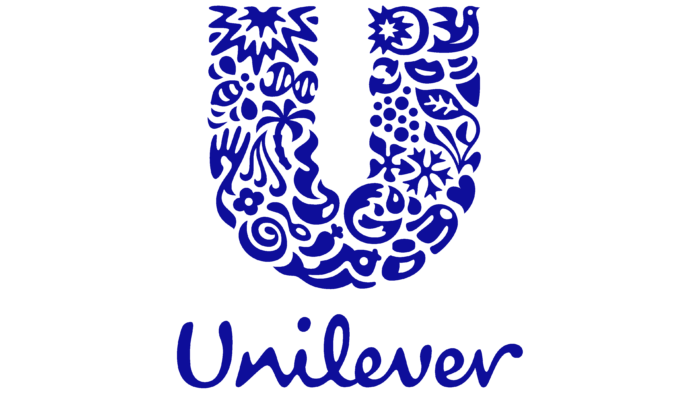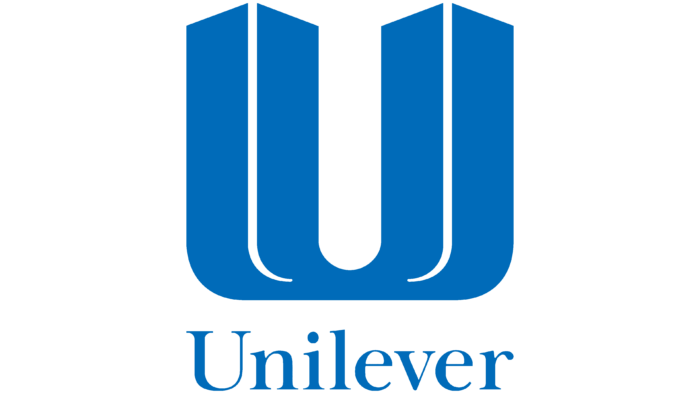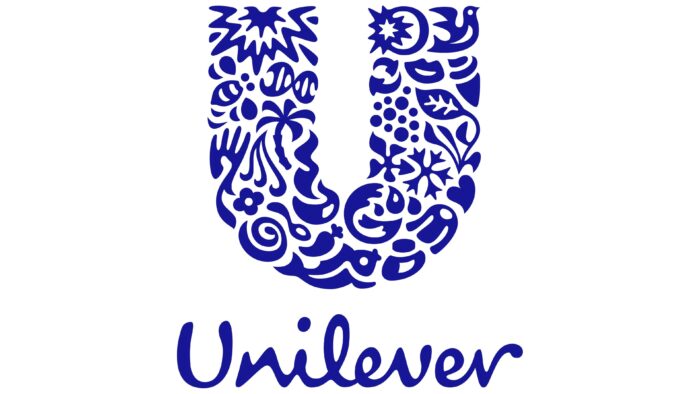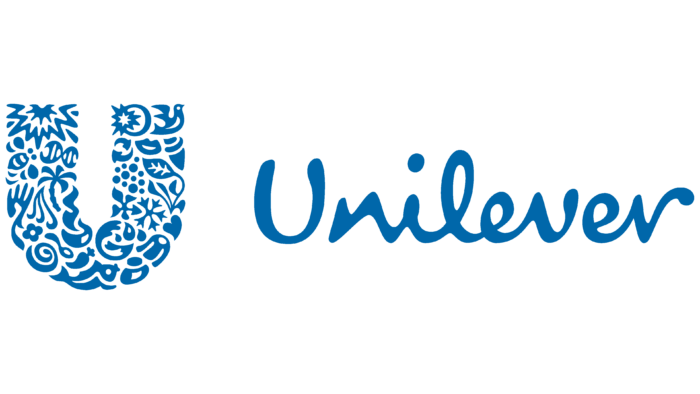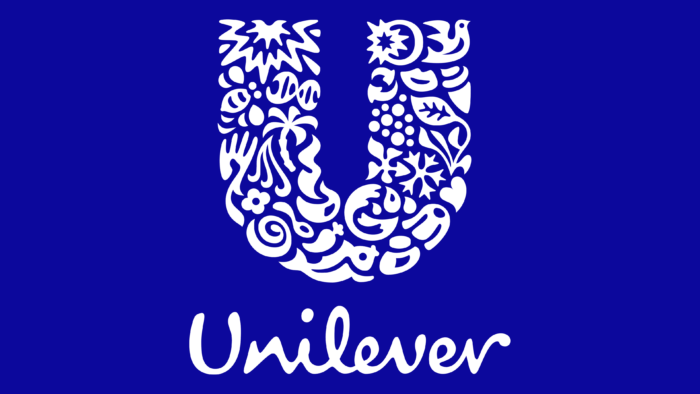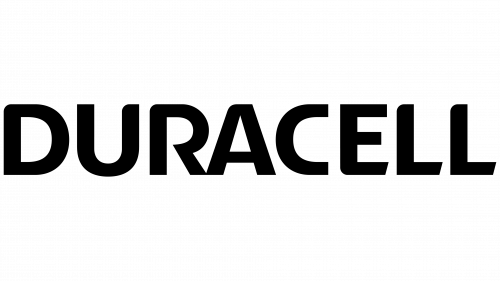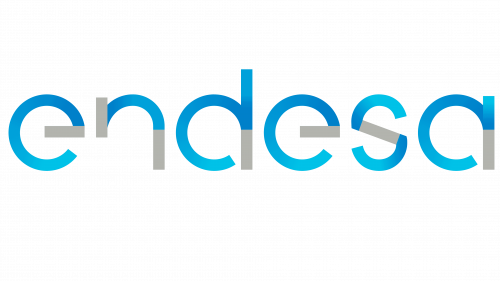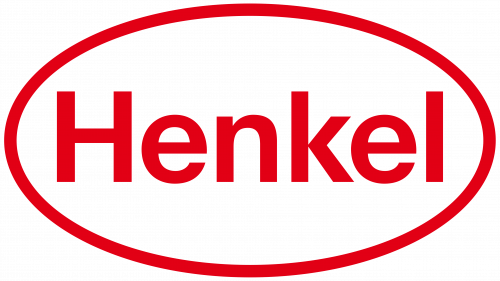The emblem conveys the brand’s originality and uniqueness through the unusual ornament. The style of service and the decoration of the stores distinguish the network from other retailers. The Unilever logo is an example of a successful combination of various products in one place.
Unilever: Brand overview
| Founded: | 2 September 1929 |
| Headquarters: | London, England |
| Website: | unilever.com |
Meaning and History
In 1929, the soap company Lever Brothers (UK) merged with the margarine company Margarine Unie (Holland). As a result, all of their brands became part of Unilever’s single entity. Over time, the number of assets grew to 1,600, which was not profitable in terms of marketing. The managers decided to keep only the most profitable and promising brands, reducing their number to 900. This happened in 2001, after the adoption of a new development strategy. And now there are half as many.
Until 1967, Unilever did not have its logo. Individual graphic signs belonged to separate brands under which consumer goods were produced. Then the company made sure that a single symbol represented the different business units. The design changed once in 2004, on the occasion of the 75th anniversary of the multinational corporation.
1967 – 2004
Unilever appeared in 1929, but for the first 38 years, there was virtually no corporate identity. In 1967, the staff of the Design Research Unit created a logo that showed the Dutch and British basis of the company – the two pillars on which the whole structure is based. For this, they used an allegorical symbol, depicting the balance of the two vertical lines of the letter “U.” According to the concept, they reflected the stability and seriousness of the manufacturer. As follows from the archival documents, until 1989, this element was the only one, then the word “Unilever” was added to it. The color was also changed from gray to blue.
The upward-pointing parts of the “U” were double and pointed. Because of their distinctive shape, they resembled the fountain-heads of ink-writing pens. But most often, they were compared to the twin towers of the World Trade Center complex.
2004 – today
After the September 11, 2001, terrorist attack, the association with the twin towers took on a negative aspect, so Unilever needed a different logo. As part of the rebranding, the company turned to Wolff Olins to create something conceptually new. The creative director of the multinational corporation, Lee Coomber, was the ideological mastermind, while artist Miles Newlyn was responsible for the graphic part. He used negative space and reflected in the letter “U” 25 characters that are best seen when zoomed in. The icons represent key market segments and manufacturer values. They form a U-shaped figure without serifs. At the bottom is the company name, written in handwriting.
The global identity was completed in 2004, just in time for the 75th anniversary. Unlike the previous one, the current logo appeared on all Unilever products. It appears in advertising and is inextricably linked to the brands that make up the company.
The 25 symbols have a wide range of connotations. For example, a palm tree can stand for paradise or oil, a bee is associated with sweets and agricultural products, and a bird reflects the world and Dove products. In addition, the icons are grouped by meaning. Flowers, plants, lips, and hair are associated with beauty; bubbles, water, sunlight are associated with purity; fish, chili peppers, and ice cream are associated with food; trees, birds, fish, and insects are associated with nature.
According to Unilever’s website, each element reflects a particular aspect of the company. Among them, there are two arrows (a sign of recycling), a heart (symbol of love), DNA (it should literally be understood as the DNA of the brand), and many others.
It is believed that the emblem of the multinational corporation imitates the logo that Pharmacia & Upjohn used from 1995 to 2000 during the merger. It depicted a star, a bird, and a hand, with their impressionistic design closely resembling that of Unilever icons.
Font and Colors
Lee Coomber and Miles Newlyn came up with a unique wordmark written using custom glyphs. There are remotely similar fonts: Olivier and Desyrel Font. They mimic sloppy handwriting in a semi-connected form where only part of the letters is connected.
Since 1990, the company’s primary color has been blue. After rebranding in 2004, it became darker, making the logo clearer. The chosen shade is close to #06069B.
Unilever color codes
| Ultramarine | Hex color: | #06069b |
|---|---|---|
| RGB: | 6 6 155 | |
| CMYK: | 96 96 0 39 | |
| Pantone: | PMS Blue 072 C |
